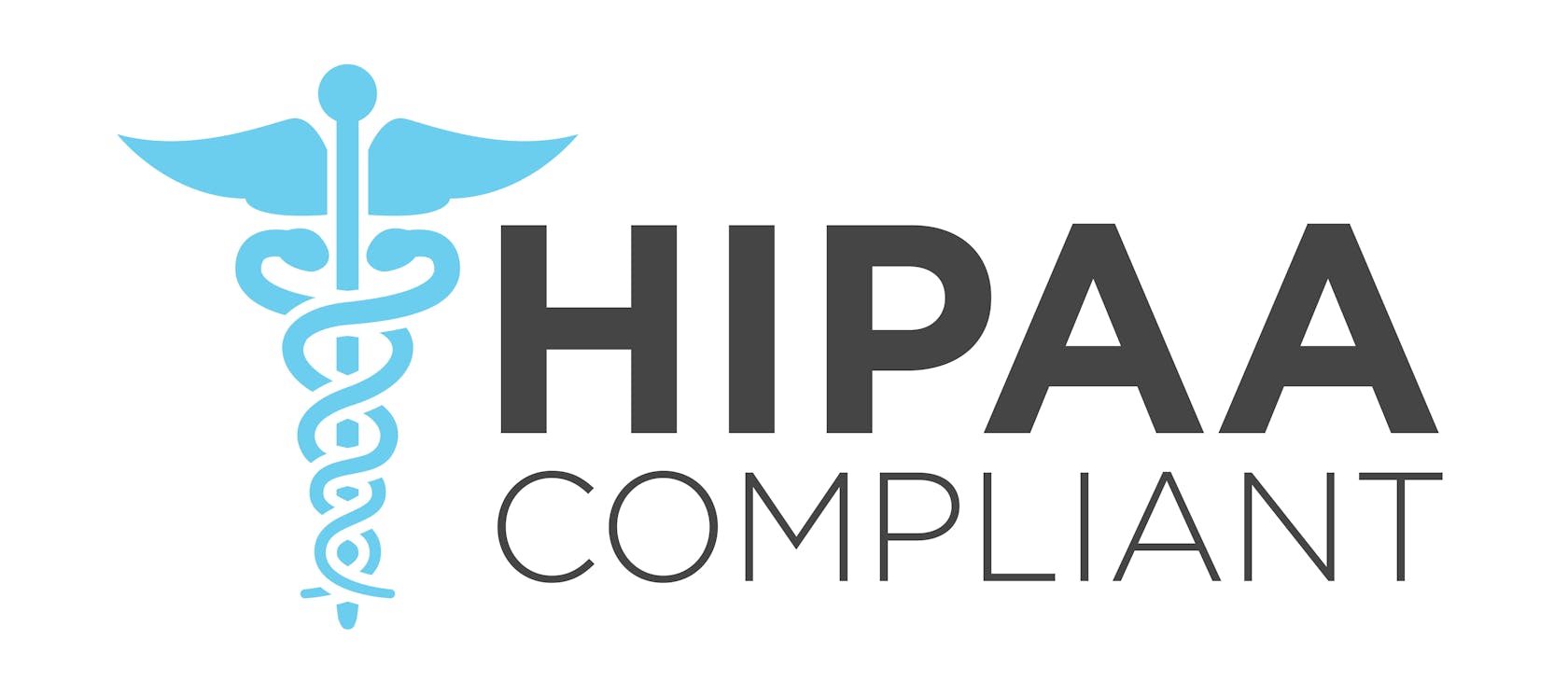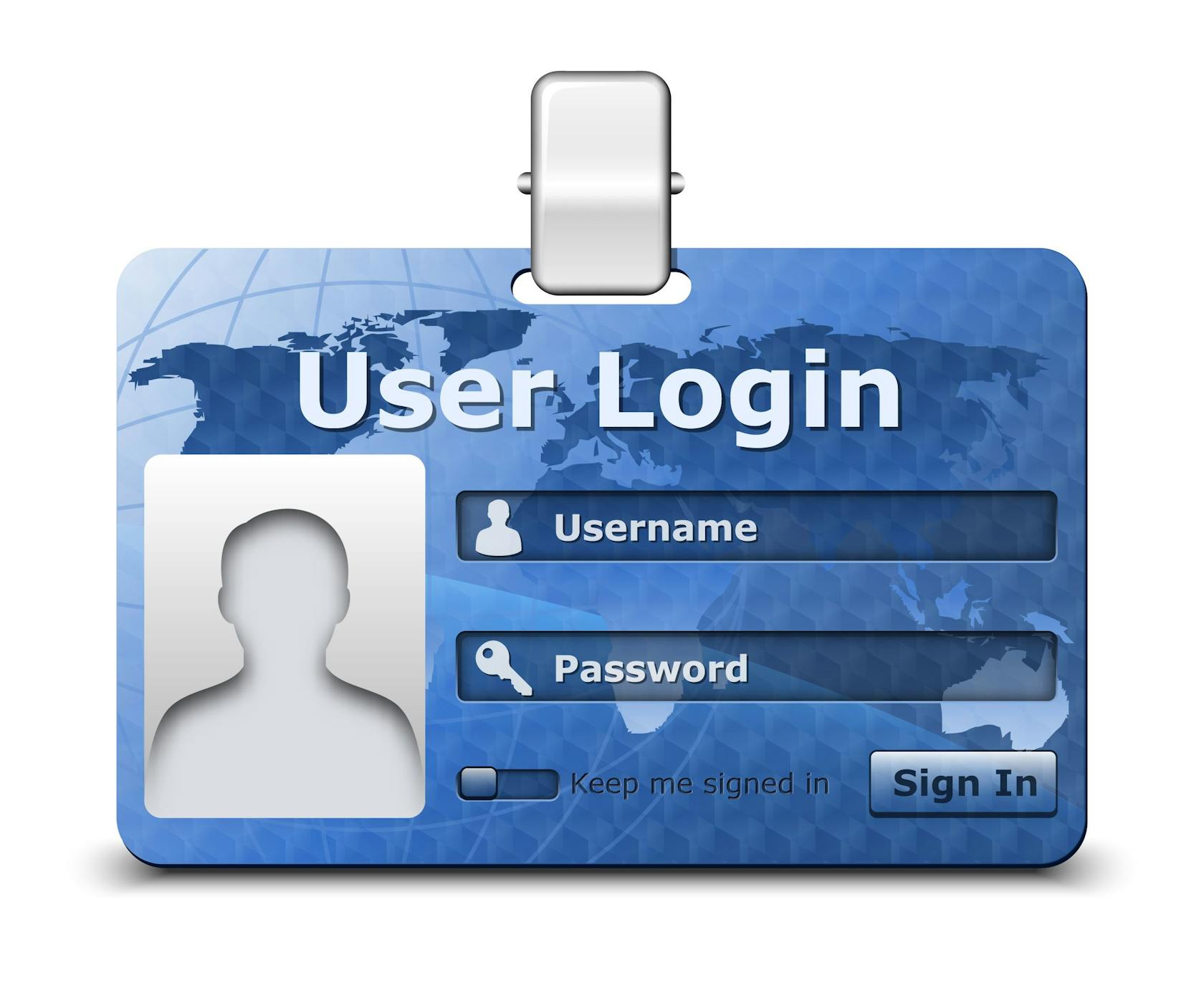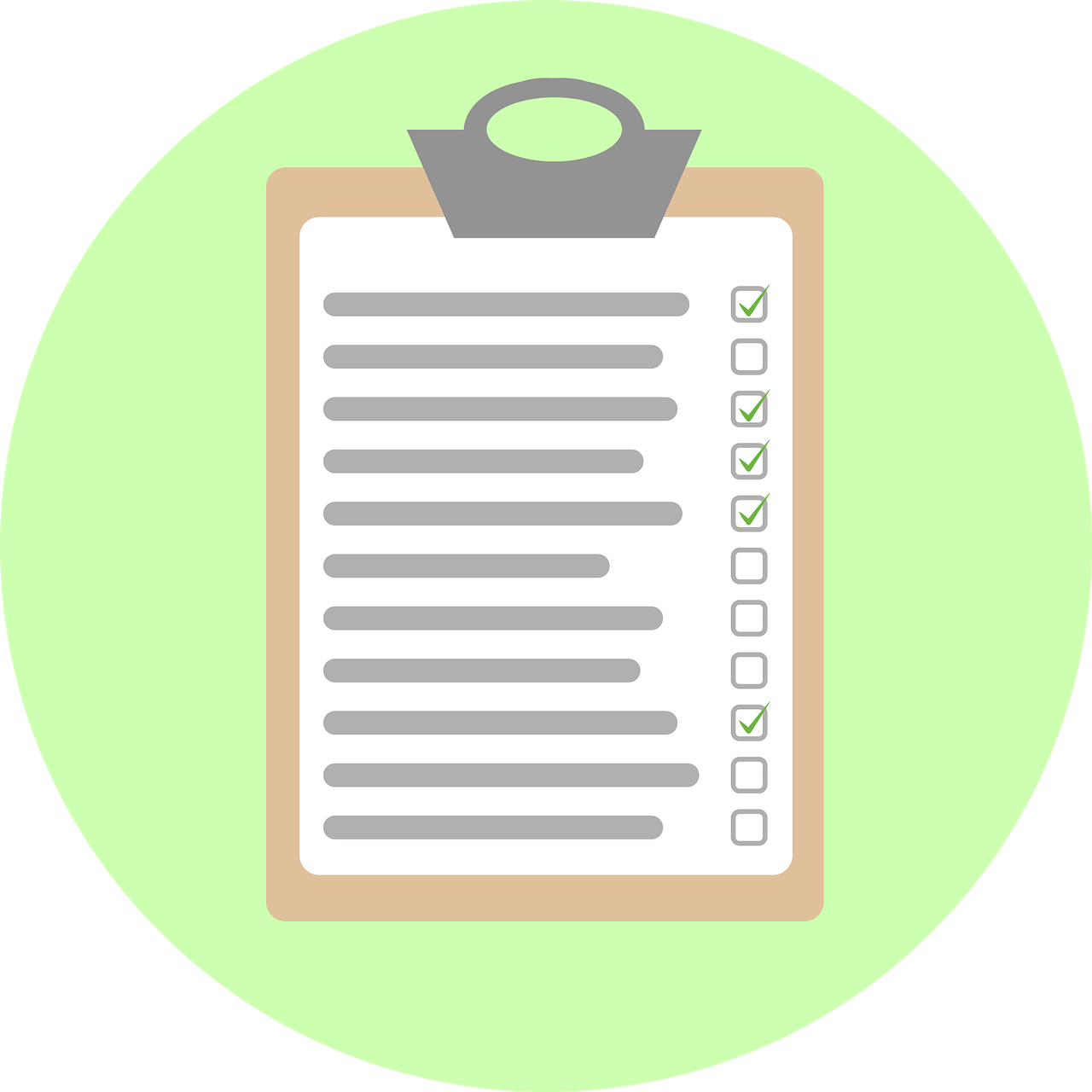Since its first release in 1996, the Health Insurance Portability and Accountability Act (HIPAA) has undergone various changes. This is actually why software development in the healthcare industry is limited by numerous HIPAA compliance software requirements from regulatory medical organizations. With this in mind, how does one develop HIPAA security software?
According to a report by Redspin, the world faced 325 large patient health information (PHI) breaches in 2016, with 81% of these cases occurring due to hacking attacks or errors in IT systems. In the healthcare sector, a 10% growth in the frequency of data breaches has been recorded since 2015. The KPMG 2017 Cyber Healthcare & Life Sciences Survey shows that 47% of healthcare organizations have experienced at least one HIPAA data breach in the past two years, compared to 37% in 2015; however, medical organizations have become more prepared for data breaches over the past two years.
Caregivers were asked whether they could manage the situation if a HIPAA data breach occurred. Unfortunately, only 16% of organizations answered that they were completely prepared for a breach in 2015. The following year, 35% of medical organizations answered that they were prepared, if an issue occurred.

What is HIPAA Compliance?
HIPAA is the Health Insurance Portability and Accountability Act, released in 1996, that represents numerous rules and standards created to protect patient health data in any form. Each organization or company that works with PHI must do its best to ensure complete PHI security and implement all possible measures to meet HIPAA requirements. Furthermore, any organization that provides patients with operations and treatments, request payments or works alongside business associates in the healthcare sector who can access PHI, must be HIPAA compliant.
HIPAA Compliance Requirements
Electronic PHI storage solutions have numerous advantages over traditional paper-based methods. Computer databases allow for increased usability, mobility, and efficiency when it comes to how data is processed; however, electronic methods create additional risks that make healthcare providers implement modern tools and techniques for digital information protection.
The HIPAA rules:
- Privacy Rule;
- Security Rule;
- Enforcement Rule;
- Breach Notification Rule; and,
- Omnibus Rule.
PHI data breaches almost always lead to financial loss, regardless of the number of records stolen. Even a small human error can cause a massive data breach which hackers can take advantage of. Criminals often steal PHI in order to sell it: phone numbers, addresses, and medical records are all precious for them; however, going public is not the most damaging risk for PHI.
Modifying patient’s clinical history, medical records, and certain diagnoses can lead to further incorrect treatment prescriptions. As a result, there is much more room for personal damage and negative health effects that can be caused by inappropriate diagnoses and prescriptions.

The HIPAA Privacy Rule
The final edition of the HIPAA Privacy Rule represents requirements regarding PHI protection. Clinical history, diagnosis, medical records, payments for healthcare treatment, and any other information related to health care must be protected and unavailable to third-parties.
The rule also describes specific conditions under which PHI can be accessed without patient authorization. The HIPAA Privacy Rule includes both limits and patient rights that allow patients to review their personal medical records and request copies. In case of a data mismatch, a patient may request the relevant corrections.
The HIPAA Security Rule
The HIPAA Security Rule describes the requirements of PHI security, including certain recommendations and limits regarding health information security, in order to detect, correct and prevent future security threats. According to this rule, all entities, which have access to PHI (covered entities), must conduct a regular data breach risk analysis to ensure reliable PHI protection. The rule also provides recommendations regarding security risk analysis.
The HIPAA Enforcement Rule
The HIPAA Enforcement Rule covers investigation provisions and details specific financial penalties when a data breach occurs. Penalty amounts depend on the number of medical records disclosed and the frequency of data breaches occurred in a specific organization. The “price” of a PHI breach is quite high: from $100 to $50,000 for a first occurrence and up to $1,500,000 for subsequent breaches.
The Breach Notification Rule
If a data breach involves fewer than 500 individuals, then the healthcare organization has to notify all affected individuals within 60 days after the breach is discovered. The healthcare provider must also inform The Department of Health and Human Services’ Office for Civil Rights about such cases within 60 days of the start of a new calendar year. The report should be made via the OCR Breach reporting web portal.
If a data breach involves more than 500 individuals, media must also be notified.
The Omnibus Rule
The Omnibus Rule was issued on January 25, 2013, and is a rule that modifies and supplements all above-mentioned rules. In general, the changes expand the obligations of physicians and other healthcare professionals regarding PHI protection. The rule mostly impacts business associates.
HIPAA Compliant Software Certification
Unlike PCI compliance for financial information, there is no one that can "certify" organization with HIPAA Compliance Certification. The OCR from the Department of Health and Human Services (HHS) is the federal governing body that oversees HIPAA compliance. HHS does not endorse or recognize "HIPAA Compliance Certifications" made by private organizations. It's up to you to determine if your administrative, technical, and physical safeguards meet HIPAA compliance requirements.
Requirements for HIPAA-compliant software development
In this paragraph, we will take a look at the main aspects of HIPAA-compliant software. The HIPAA Security Rule represents certain safeguards that have become a base for the required features in all medical tools. We prepared a HIPAA compliance checklist for software development with the main features and required data.
User authorization

The U.S. government divides the quality of identity assurance into four levels. The security of user authentication can be classified from little confidence in the asserted identity to very high confidence.
The lowest levels are those that use single-factor authentication or none at all. If a user can openly access the system or needs to enter a password only, it’s the lowest level of security. Higher levels require multi-factor authentications where users have to approve their mobile phones, email addresses, locations, etc.
For HIPAA-compliant software, solutions need to incorporate at least two of the following factors:
- Knowledge: a visitor is required to provide unique data that only a legit user would be aware of, like a PIN or password;
- Possession: the platform provides users with unique additional data, like a security code, and the visitor enters it to assure legitimate possession of the information;
- Inherence: visitors need to prove an inherent characteristic that can’t be modified, like facial features via a biometric scan;
- Location: a user needs to be located in a particular location to be able to access the platform.
To make a HIPAA-compliant solution, IT partners need to create a multi-step authentication system. The solution must remember its users. Doctors should be able to access the patient data immediately without going through complex verifications every time they need a chart.
Remediation plan
A security remediation plan consists of a list of steps that will be taken by the organizations that describe their practices, divide responsibilities between team members, and document key safety tasks. A HIPAA-compliant plan should describe the following aspects of your organization’s security:
- Main tasks for fully securing patient data;
- A list of members who are responsible for data security;
- A plan for preventing security risks and facing challenges;
- Documentation on completed and scheduled tasks with a detailed description of your activities.
A remediation document is your main document for implementing safe development practices into your work. You need to combine medical and technological expertise and come up with realistic tasks for assuring data safety. For this, it’s better to consult expert software developers who will consult you on current vulnerabilities and risks, and offer solutions.
Emergency mode

An emergency mode plan is the list of activities that an organization will proceed with during an attack. This document records methods, tasks, and practices that will keep patient data secured during security emergencies.
The emergency plan should disclose the following information:
- Full list of all team members with their roles, contact info, and responsibilities, especially those that are directly connected to data security assurance;
- Description of all digital healthcare systems used by the organization;
- Procedure for executing the plan (why, when, how, by whom);
- Recovery procedures;
- Emergency facilities for informing staff and patients.
The emergency mode plan should be very specific in describing possible risks and threats and characterizing the emergencies in which the plan can apply. This allows the organization to perform threat assessments and be better prepared if an actual crisis comes along.
Authorization monitoring
The organization should monitor the efficiency and safety of access algorithms. Here’s how hospital IT teams can increase the reliability of their data access algorithms:
- Activity logs and audit controls. Suspicious attempts to access the system are identified by automated systems of risk detection. Activity logs of all users who access the application allow keeping track of all interactions with the system. Also, the IT team should be notified whenever there is a suspicious attempt to access the server infrastructure.
- Required automatic log-offs. Even if a doctor forgot to leave the profile, the system must log-out the user the moment their shift is over and their profile isn’t active anymore. This makes profile penetration more difficult.
- Access control for emergent cases. The organization should have the opportunity to access the user’s profile during emergencies even if those team members aren’t at the office and can’t perform authentication by themselves.
It’s crucial that the organization constantly monitors the efficiency of these measures and detects authentication vulnerabilities.
If you are looking for practical insights on monitoring tools, refer to the article “Why Each Hospital Needs a Health Monitoring System.”
Data backup
All electronic protected health information (ePHI) must be copied to another secure data storage in case the initial version is tampered with. This means, all patient details, records, images, accounting information, insurance data, etc, should undergo regular backup.
To be HIPAA-compliant, organizations need to focus on key aspects of data protection.
- Redundancy. You should have at least three copies of data, saved on at least two storages with independent access and location.
- Encryption. All data should be encrypted with 256-bit AES protocol and secured with two-factor access authentication.
- Transfers. If data is sent to public services or a cloud provider, it should be protected by 256-bit AES encryption. Even if the file is leaked on the public server, its contents should be undecipherable.
- Restoration. All deleted or lost data should be possibly restored to its original form from the backup files. The more frequently the copies are updated, the more information will be restored.
- Monitoring. If there was a replication issue or backup system failure, the system should send immediate alerts to the organization’s team.
The consistent data backup assures security: even if the initial file copy is compromised, the contents won’t be accessed by hackers. The original data will be renewed from its secondary copies, and the organization will recover it with no damage.
Why Is HIPAA Compliance Important

HIPAA compliance is not just a legal requirement, but an important factor for patients and healthcare institutions. Let’s take a look at the main benefits of the Health Insurance Portability and Accountability Act.
Data transparency for patients
All healthcare teams are interested in building trust with their patients, encouraging people to disclose their medical histories in the fullest detail. Sometimes, people avoid notifying doctors about their mental health problems, or substance abuse, because they aren’t sure that it will be stored safely.
Patients withhold details that make the key difference in the end diagnosis, which leads to inaccurate estimates and, ultimately, harms their health. If they know that the institution is fully HIPAA-compliant and treats their data responsibly, they will be more likely to provide transparent data.
Avoiding fines
A HIPAA violation can be worth up to $1.5 million for medical organizations which failed to meet the standards. To check compliance, institutions can use the Security Risk Assessment tool, available at the U.S. Department of Health Services. The platform determines if your institution follows all HIPAA regulations. If you aren’t compliant yet, building HIPAA compliant software should be your priority.
Maintaining your reputation
Security breaches are expensive, and not just because of the direct cost of the breach. The reputation consequences of a data crisis far outweigh the economic ones. Your organization can lose your patients’ trust, disappoint patients and investors, and receive a lot of bad press. The public outbreak will be difficult to manage and avoid, once the institution underwent the breach.
HIPAA compliance consists of a set of practices that allow a healthcare organization to avoid these risks. Institutions improve their image in the public eye. Getting a HIPAA certification for software proves the organization’s dedication to data protection and patients’ privacy.
Our Experience
At Geartheart.io, we develop secure cross-platform solutions, compliant with international security standards. Our cross-platform developers and testers will ensure security by HIPAA-compliant web development, setting up encryption, managing data storage operations, and providing maintenance once the software is released.
Contact our experts to discuss your next HIPAA-compliant solution. Our team is ready to build a product from scratch or improve the existing one and share our best data storage practices compliant with HIPAA standards.




